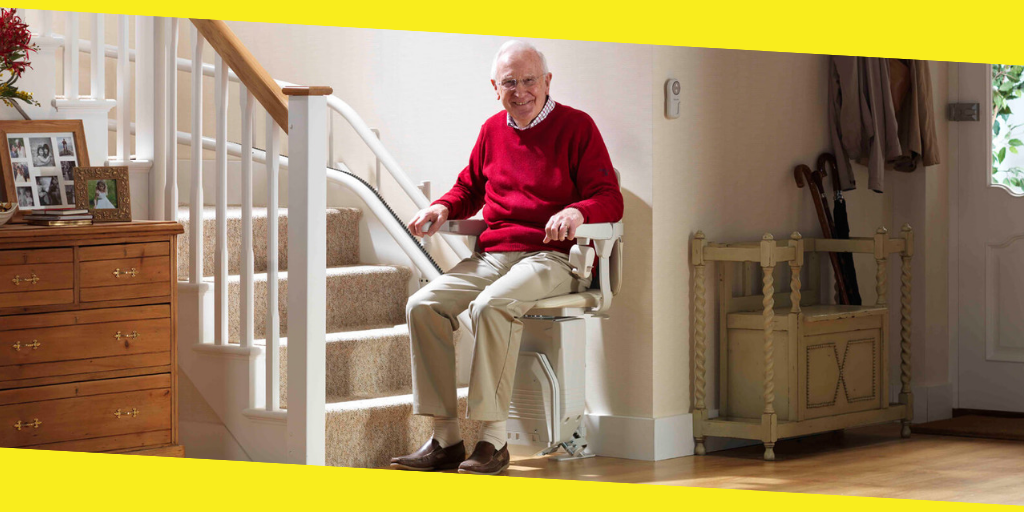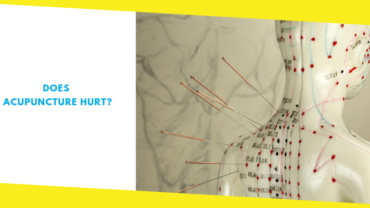How to Spot the Signs of Different Conditions
This post was last updated on January 21st, 2025

Warning Signs of Various Conditions
There are many conditions and illnesses to watch out for that have warning signs and symptoms. If you can spot these symptoms, you have a better chance of stopping the problem before it can leave lasting damage, or at the very least, manage the effects. This article sees stair lifts provider, Acorn Stairlifts, investigating a number of signs of various conditions
Diabetes
Diabetes sufferers don’t produce enough insulin. The number of people currently diagnosed with diabetes in the UK is estimated by Diabetes.co.uk to be 3.5 million, with older members of society susceptible to developing the condition as their bodies change when they age. Early diagnosis, treatment and effective control of diabetes are important when it comes to maintaining good health, as this will reduce the risk of the body developing serious complications.
Early signs of diabetes include being very thirsty, losing weight without trying, frequent trips to the toilet, and feeling tired a lot more. Also, take note if any cuts and wounds take much longer to heal, if blurred vision is experienced and if genital itching or thrush is encountered.
Looking for more information? Diabetes UK advises that a local GP should be contacted and also has a guide on the diabetes treatments available.
Osteoporosis
Over three million people in the UK suffer from osteoporosis, which sees the bones weakening gradually. Over 500,000 individuals end up needing hospital treatment each year for fragility fractures.
These are the three major signs to look out for:
- Multiple osteoporotic fractures in the spine can cause the back to lose its normal curvature — the result being a stooped back developing and a loss of height being witnessed as the vertebral bones in the spin begin to weaken and collapse.
- Sudden or intense back pain being suffered without warning or from doing something small, such as bending over to tie a shoelace.
- Fractures being suffered after having what at first seemed like a minor incident, such as slipping on the pavement or even making a sudden movement.
For more information, head to the NHS’s guide on treatment options for osteoporosis.
Breast cancer
In 2015, Cancer Research UK recorded over 50,000 cases of breast cancer, making it the most common form of cancer in the UK. While it is most common in women, it’s not uncommon for men to be diagnosed with breast cancer, too.
If spotted early, breast cancer can be prevented from spreading. Surgery is often the first type of treatment for the disease, followed by radiotherapy, chemotherapy or, in some instances, either biological or hormone treatments.
The most notable early sign of breast cancer is a lump or thickened tissue in the breast. It’s important to underline that many lumps around the breast will not be cancerous, but it’s wise to get any checked by a doctor if detected.
Pain, dimpling, or a change in size or shape of the breast are other common signs. Observe the nipples of the breasts too. Discharge from either nipple (which might be streaked with blood), a rash on or around the nipple or the appearance of the nipple changing — perhaps becoming sunken into the breast — can all be symptoms of breast cancer. Another potential sign of this disease is a lump or swelling in either of the armpits.
Concerned or worried about these symptoms? Check out Cancer Research UK’s guide on seeing the doctor to spot cancer early.
Dementia
Dementia includes a spectrum of brain disorders that cause the loss of mental functions over a period of time. Around 850,000 people are suffering from dementia in the UK currently, according to the Alzheimer’s Society, but the organisation goes on to state that 225,000 individuals will develop dementia this year alone — that works out at one new case every three minutes.
Though there is no known cure for dementia, the number of deaths caused by the condition would be halved if the disease was spotted and delayed by five years.
Dementia develops differently in everyone, but there are a few common symptoms early in the condition such as difficulty concentrating and memory loss. A person may also find it difficult to carry out daily tasks that they are familiar with — getting confused when trying to sort out the correct change when shopping, for instance — and struggle to either follow a conversation or find the right word when speaking to someone. Look out for individuals being confused about the time and the place where they are too, as well as mood changes.
62% of those diagnosed with dementia suffer from Alzheimer’s disease; it is the most common cause of dementia. Signs to be aware of in relation to Alzheimer’s disease include people repetitively asking questions, having problems with their memory — they may regularly forget names, faces or events which have only recently occurred, for example — and becoming confused when they are in environments that they aren’t familiar with. Other common symptoms include a person encountering increasing difficulty completing tasks or getting involved in activities which require planning or organisation, as well as if they become more anxious or withdrawn.
If you’re concerned about dementia or Alzheimer’s in a loved one, take a look at the NHS dementia information and support services.
Arthritis
Arthritis sees the tissue in the joints deteriorate, leaving sore, stiff joints and pain for the sufferer. An estimated ten million people suffer from arthritis in the UK, according to the NHS, with individuals of all ages affected. There is no cure for arthritis, though various treatments are now available which can help to slow down the condition.
A high level of fatigue is a key symptom of arthritis. This is sometimes accompanied by a general feeling of ill health, as well as stiffness in the morning that can last for a few minutes or even several hours. Be aware of stiffness and/or in one or more of the body’s smaller joints too, and mild inflammation of the joints concerned. This inflammation may also cause surrounding tendons and ligaments to become unstable or deformed, meaning that the range of motion is decreased, while pain and inflammation of the joints may be accompanied by a low-grade fever.
Concerned for someone you know? For information and support with regard to arthritis, take a look at the NHS’s advice about living with arthritis and Arthritis Care’s managing arthritis guide.
Prostate cancer
Prostate cancer is the second most common form of cancer in the UK, and the most common form in men. Cancer Research UK recorded close to 50,000 new cases of prostate cancer throughout 2015 alone.
But many men suffering from this form of cancer do not always need immediate treatment. A doctor may suggest either ‘active surveillance’ or ‘watchful waiting’ if the cancer is at an early stage and not causing symptoms to appear, though some cases of the disease can be treated if spotted in the early stages — such as via radiotherapy (either standalone or alongside hormone therapy) or by surgically removing the prostate.
It’s important to be aware that the early stages of prostate cancer can be absent of any symptoms. This is due to the way the cancer grows. Initial symptoms will often only be seen if the cancer grows near the urethra — this being the tube in a male’s body that he urinates through — as the cancerous growth may press against it and change the way that someone urinates. Possible changes to be aware of include if it becomes difficult to start urinating or empty the bladder, if there’s a weak flow when urinating or if it feels that the bladder has not properly emptied after urinating. Also look out for dribbling urine after urinating has finished, as well as if someone has the sudden urge to urinate or if they appear to urinate more often — especially during the night.
The latter symptoms can be attributed to other diseases as well though. No matter what though, it’s wise to see a doctor if any of the above changes are detected.
It’s common for this cancer to grow in different areas of the prostate. However, should the cancer break out of the gland or spread to other parts of the body, signs which could indicate this has happened include pain in the hips, pelvis or back, blood being evident in either semen or urine, weight loss that can’t be explained, and issues with either getting or keeping an erection.
Want more information? Read Prostate Cancer UK’s advice on prostate tests to find out how these procedures should be able to help.
This article provides only a small sample of potential conditions and diseases. However, hopefully the advice provided will help to keep loved ones healthy and also highlight how spotting signs and symptoms early can prove very beneficial.
Sources:
- https://www.alzheimers.org.uk/about-us/news-and-media/facts-media
- https://www.nhs.uk/conditions/dementia/symptoms/
- https://www.nhs.uk/conditions/arthritis/
- https://www.oxfordonlinepharmacy.co.uk/blog/spotting-the-signs-of-arthritis
- https://www.cancerresearchuk.org/health-professional/cancer-statistics/incidence/common-cancers-compared#heading-Zero
- https://www.nhs.uk/conditions/breast-cancer/
- https://www.nhs.uk/conditions/prostate-cancer/
- https://prostatecanceruk.org/prostate-information/about-prostate-cancer/prostate-cancer-symptoms
- https://www.diabetes.co.uk/diabetes-prevalence.html
- https://www.diabetes.org.uk/diabetes-the-basics/diabetes-symptoms
- https://www.iofbonehealth.org/news/three-warning-signs-you-may-have-osteoporosis
Most Inside
Most Inside offers high-quality recommendations and valuable updates to enhance all aspects of your life, providing premium guidance and enriching experiences.




